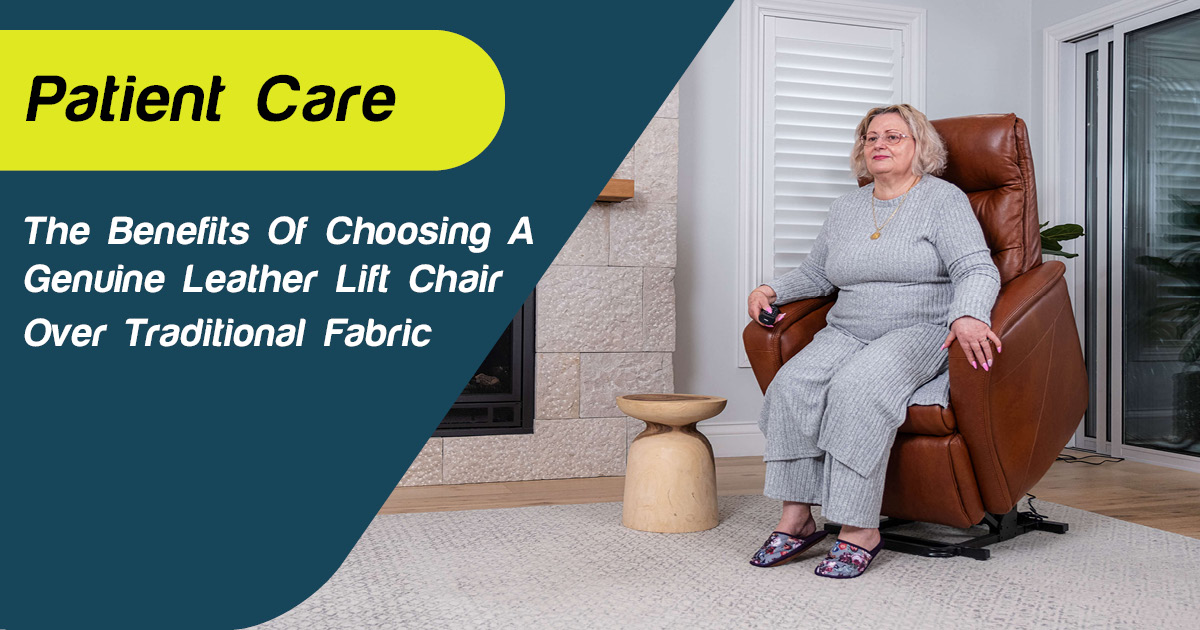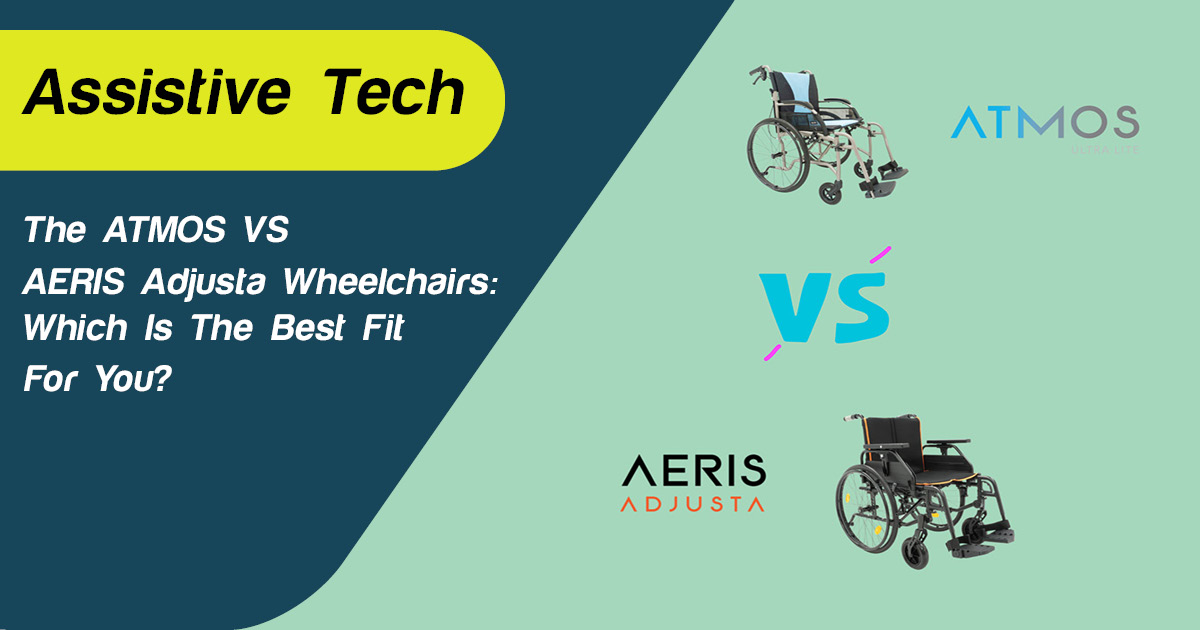
Share
For many Australians, assistive technology is part of their everyday lives. From walkers and wheelchairs to reachers, dressing aids and so much more, thousands of people rely on assistive technology to complete everyday tasks.
Most assistive technology is covered under the NDIS — to a degree. NDIS participants may have funding for low-risk assistive technology under their consumables budget so long as it’s under $1,500. They may also be able to claim repairs on assistive technologies under their capital budget.
The NDIS can be difficult to follow, especially if you’re self-managing your budget. At Active Mobility Systems, we have specialists on hand who can help with enquiries about claiming assistive technologies under the NDIS — but in this article, we share some of the basics so you can gain a better understanding of assistive technology and the NDIS.
What is assistive technology?

Assistive technologies help you do things more easily and safely or help you do something that you normally can’t do. Examples of assistive technologies include:
- Non-slip mats to help you move around your home safely
- High risk technologies like wheelchairs, scooters and adjustable beds
- Apps and devices that help you speak to another person
- Daily living products like reachers, special cutlery, dressing aids and more
- Braille displays, talking devices and screen reading technology
- Support technology like robotic arms and reachers.
Examples of items that aren’t considered assistive technology include:
- Technology everyone uses that isn’t related to your disability e.g. a standard kettle
- Items for treatment or rehabilitation
- Changes to public spaces e.g. footpaths
- Changes to public transport e.g. buses, trains and taxis
- Assessment or therapy tools used by therapists.
Assistive technology can be claimed under the NDIS if it meets the reasonable/necessary criteria (e.g. low risk vs high risk technology), meets your needs and helps you pursue the goals highlighted in your NDIS plan.
Determining high vs low risk assistive technology

Under the NDIS, assistive technology ranges from simple (low risk) to complex (high risk). The NDIS uses these two product risk categories to determine the complexity of your assistive technology needs.
Low risk assistive technology is unlikely to cause harm, is available for trial and/or can be purchased in retail stores, is easy to set-up and can be safely used without professional advice.
High risk technology, on the other hand, is considered complex (like a power wheelchair), has been known to cause harm, is used for a restrictive practice and requires professional advice, set-up or training for safe use.
Here’s a quick rundown.
|
Risk Level |
Description |
Examples |
|
Low Risk |
Low-risk technology can be selected by you or your family with limited need for advice/set-up from an assistive technology assessor. There’s a low risk of causing harm in daily living environments. |
|
|
High Risk |
All high-risk assistive technology devices require advice from a qualified assistive technology practitioner to ensure you choose the right products and achieve good outcomes. |
|
Low, mid and high cost assistive technology

As well as high and low-risk assistive technology, the NDIS also considers low, medium and high cost assistive technology. Under the NDIS guidelines:
- Low cost assistive technology is under $1,500 per item.
- Mid cost assistive technology is between $1,500 and $5,000 per item.
- High cost assistive technology is over $5,000 per item.
Here’s how it works.
|
Examples |
Time to Assess |
|
|
Low cost (under $1,500) |
|
The NDIS is required to decide whether these items will be included in your plan within 10 days. |
|
Mid cost (between $1,500 and $5,000) |
|
The NDIS is required to decide whether these items will be included in your plan within 10 days. |
|
High cost (over $5,000) |
|
The NDIS is required to decide whether these items will be included in your plan within 30 days. |
For the most part, it’s always best to talk to an assistive technology assessor to ensure you get the right items for your needs. Alternatively, if your needs are likely to change, you might choose to rent or borrow high-cost assistive technology.
Purchasing items under the NDIS

NDIS participants can choose how they want to manage the funded supports in their plan, which means you can choose where you want to purchase your assistive technology (unless indicated otherwise). You can choose to buy the assistive technology outright or rent/loan the items.
To purchase mid or high risk technology, you will need to submit a letter or assessment from your doctor, an assistive technology assessor or an assistive technology advisor to the NDIS. This shows that you have received advice from a qualified assistive technology advisor and the items you’re looking to purchase will help you achieve the goals you set out in your NDIS plan.
The NDIS also recommends sending through a quote for the items you wish to purchase. They usually take around 10 to 30 days to determine whether the items will be included in your plan.
If you’re new to the NDIS, the process might seem a little confusing — but we’re here to help. Active Mobility Systems is a registered NDIS provider and we process NDIS payments on a regular basis. If you have any questions about the NDIS, please contact us at ndis@activemobility.com.au.
Alternatively, if you need a quote or wish to purchase assistive technology, browse through our online store and contact sales@activemobility.com.au.









